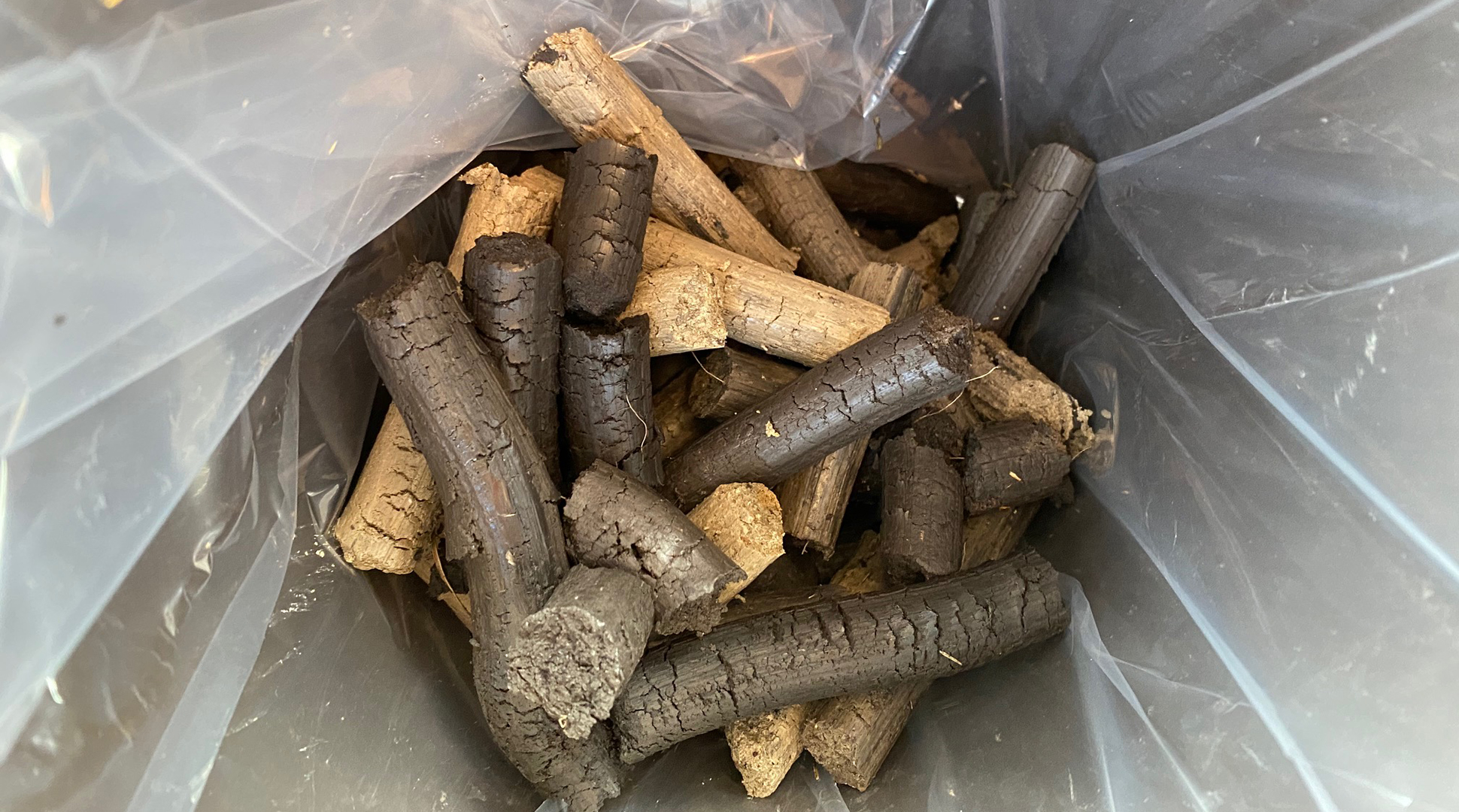Photo of soil samples by Sarah Lovas
by Sarah Lovas
Harvest time is upon us and it’s moving along in a fast and furious manner. When farmers harvest, they aren’t just thinking about the crop they are harvesting. They are already thinking about and planning for next year’s crop. As an agronomist, I’m usually very busy this time of the year helping with the planning process. A big part of this process is to develop a soil fertility plan for next year’s crop. To help with this, I soil sample the fields after they have been harvested.
What is soil sampling? It’s kind of like when you go to the doctor and they take a blood sample to see what is going on with you. I literally sample the soil and have it analyzed to help guide our soil fertility decisions.
![]()
![]()
My pickup truck (fondly named the “Blue Beacon”) has been modified to help me with this process. This pickup has a hole in the floor and a hydraulic cylinder that pushes a soil probe through the hole into the soil and brings up a soil core. When the soil probe brings the core back up, it is divided into 0-6”, 6-24” and sometimes 24-48” lengths. I will gather about 20-30 cores per field and each length section is placed into its own bucket. Then these cores are sent to certified soil analysis lab where the soil is analyzed using standardized chemistry methods to determine nutrient levels for nitrogen, phosphorus, potassium and others, and further analyzed for soil characteristics such as soil pH. With this data, soil fertilizer plans are created for that field's crop next year. My soil sampling pickup also has a computer connected to a GPS unit. Each soil core is geo-referenced in the field. This way, I can track the soil sampling data in the same spot from year to year and monitor any changes over time for that field.

Sampling soil behind the combine as the crop is harvested.
Farmers have their fields soil sampled because it helps them apply the right amount of fertilizer for their crop – not too much and not too little. It helps farmers produce high quality, high yielding crops and not over-fertilize which is expensive and not good for the environment.
It’s all part of the process to make sure the food that hits your table is high quality, affordable, and produced in an environmentally friendly way.
